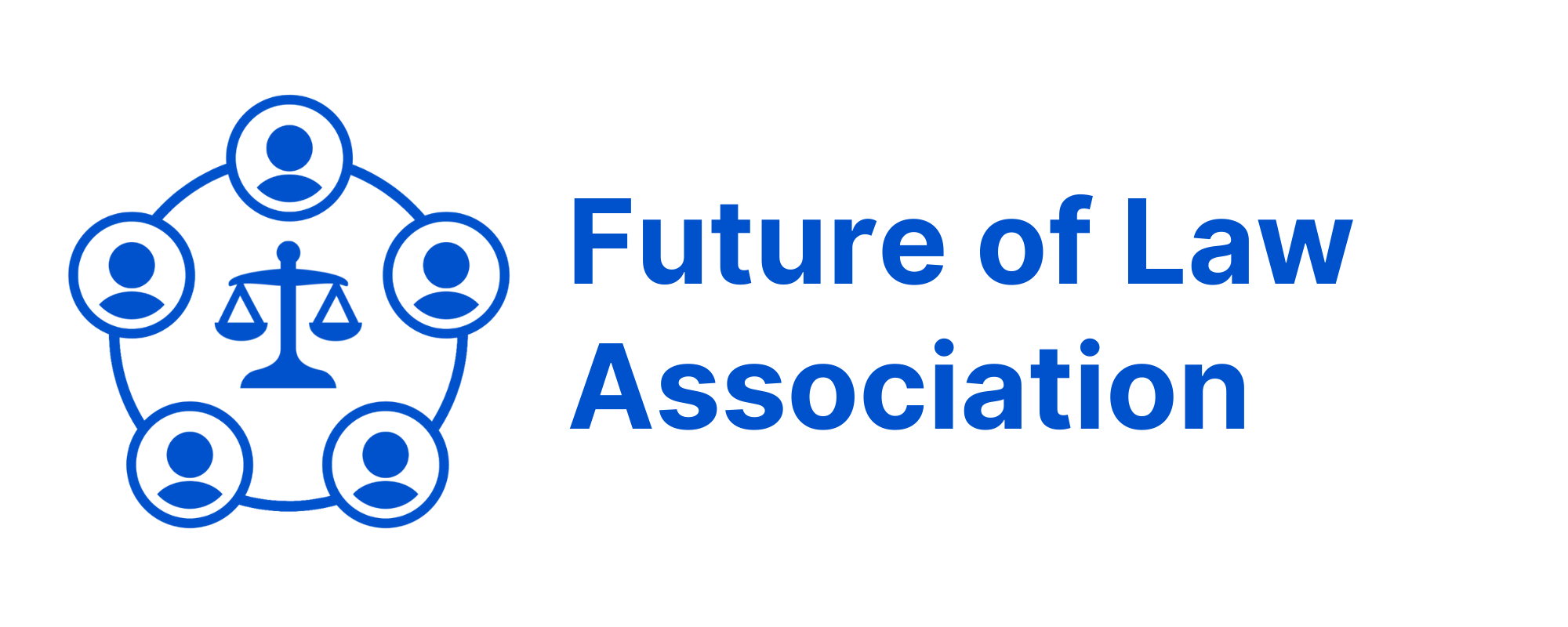In broad terms, lawtech has developed in three waves. Each wave has flowed into the next and continued through it. The first wave was from 1970 to 1990. The rapid development of lawtech in recent years might give the impression that the legal profession was not an early adopter. However, computerised legal information services have been in use since the 1960s, soon after the initial development of online searchable databases of text.252 This was followed in the 1970s by the development of commercial compilations of court judgments, particularly theLEXIS service. This was a market which continued to develop through the 1980s with the availability of CD-ROMs. In the 1990s, the World Wide Web was built on top of the earlier Internet, and was much easier to use. It made thedevelopment of non-commercial information services viable. Academics and librarians led the creation of aninternational network of Legal Information Institutes (LIIs). These are open-access repositories of primary legalmaterials, generally hosted by third-level institutions.
‘Artificial intelligence’ has been a promise on the horizon since the 1960s, with obvious application to many professions, including the law. The first major wave of investment in AI for law was in the 1980s. The focus was onthe development of expert systems. These tried to convert legal thought processes in rules that a computer could apply to new problems. It has been argued that they ultimately failed because:
- they were over-ambitious,
- they misunderstood the complexity of legal reasoning,
- they did not properly investigate the needs of users, and
- they saw law as a static system rather than a dynamic process in which procedure is often more important than argument based on legal points of detail.
Nonetheless, efforts with techniques such as neural networks continued through the 1990s.
The second wave was from 1990 to 2012. This involved the use of logic programming and machine learning fordocument automation and assembly. This, in turn, led to the development of contract management software.Electronic discovery (or e-discovery) tools were also developed. Legal information retrieval grew significantly as Internet access became easier and cheaper. Free and commercial online portals were launched. Back officesystems, particularly case management software packages, became available. Court systems began to adopt ICTas a management tool, and some developed electronic document filing capability.
The third wave is from 2012 to the present. AI, expert systems, and machine learning all attracted considerable attention. This led to the development of legal analytics, data analytics, and technology assisted review for e-discovery. Blockchain (an online record of transactions, which is often open but protected from tampering) alsoseemed promising but has not yet taken proper hold. It is primarily used for real estate transactions and so-called‘smart contracts’. Technology is also being used to integrate work processes. Some court systems, particularly in Asia, are rapidly developing electronic services and using technology in courtrooms. Online dispute resolutionsystems are also being pioneered, mainly in private contexts, but also in some US jurisdictions and in BritishColumbia.


0 Comments